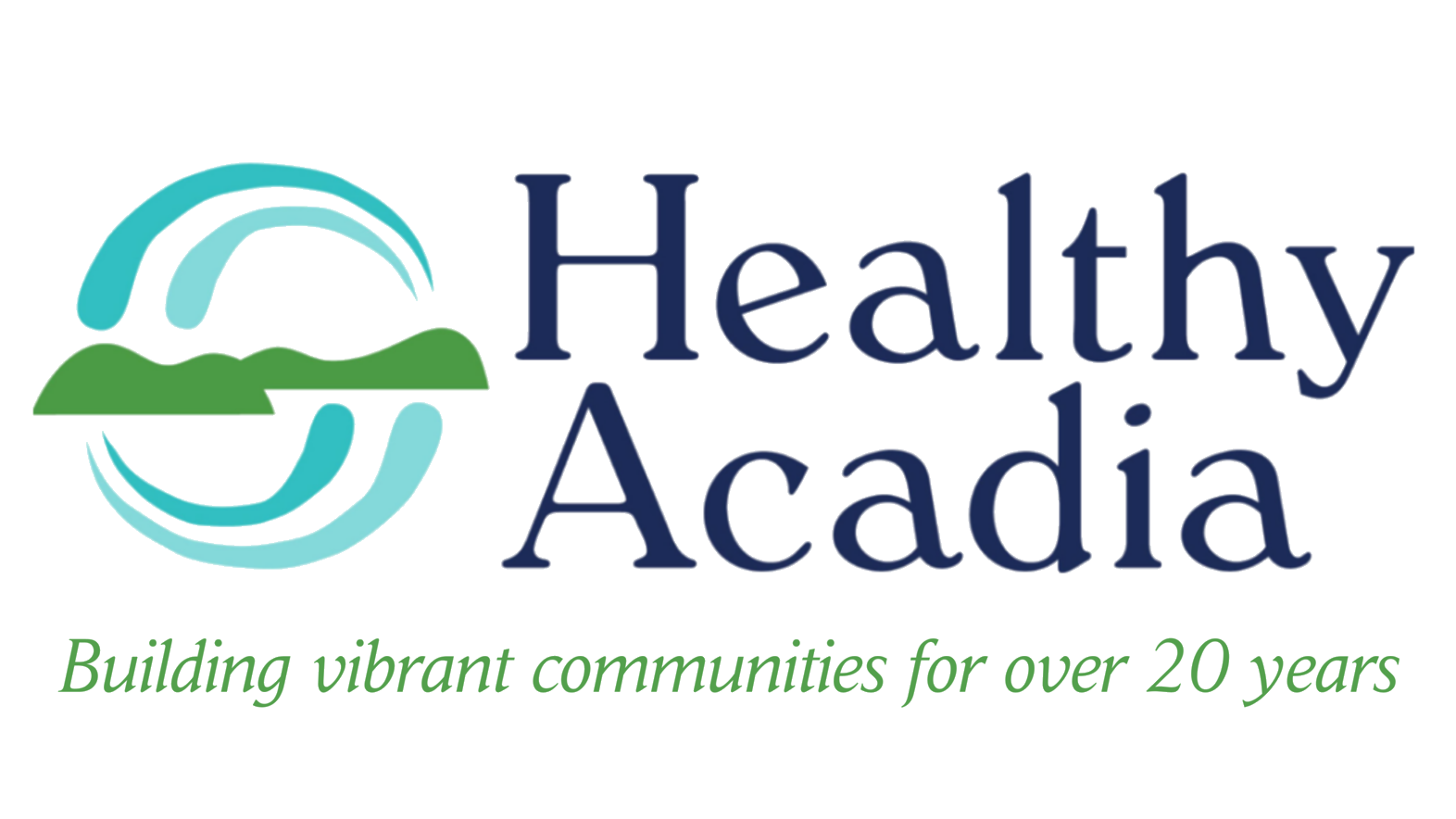Unleash the Vibrant Flavors of Summer to Build a Healthy Plate
As the warm days of summer approach, many of us are eager to embrace a healthier lifestyle and make the most of this vibrant and abundant season. Engaging in outdoor activities, maintaining hydration, and adopting a nutritious diet are all essential components of our quest to live our best lives. However, understanding what constitutes a healthy diet can sometimes be confusing. Thankfully, there's a handy chart available from the USDA that can help us visualize what a healthy plate should look like and guide us in meeting our daily nutritional needs.
Building a Healthy Plate
A healthy plate is a visual representation of a balanced diet, designed to provide the necessary nutrients for optimal health. It offers a practical way to conceptualize portion sizes and the distribution of different food groups. By adhering to the plate model, you can ensure that your meals contain a diverse range of nutrients. The attached chart, which pairs age groups with corresponding calorie counts, helps you determine the specific caloric intake suitable for your dietary needs. This valuable resource can be printed and displayed on your refrigerator, serving as a constant reminder and a useful tool for meal planning.
Creating a Balanced Meal
The chart provides a comprehensive breakdown of the ideal proportions for each food group on your plate. Typically, half of your plate should consist of colorful fruits and vegetables, offering a wide range of vitamins, minerals, and antioxidants. One-quarter should include lean proteins, such as poultry, fish, tofu, or legumes, to support muscle growth and repair. The remaining quarter should be dedicated to whole grains or starchy vegetables, supplying vital energy and essential fiber. Including a small serving of healthy fats, such as olive oil, avocados, or nuts, can take it up a notch, adding a boost of flavor while also contributing to a well-rounded meal.
One of the chart's notable features is its ability to accommodate diverse dietary needs. By pairing ages with appropriate calorie counts, it recognizes that energy requirements can vary based on factors such as age, weight, and physical activity level. This individualized approach ensures that you can adapt the recommendations to suit your specific goals and circumstances. Whether you're aiming to lose weight, maintain your current weight, or fuel your active lifestyle, this chart enables you to make informed choices and monitor your progress effectively.
Unleash the vibrant flavors of the bountiful summer harvest and create a sensational masterpiece on your plate! Seize the opportunity to craft a wholesome and nutritious feast that will leave your taste buds dancing with joy.
By adopting a healthy plate approach, we can create well-balanced meals that cater to our specific calorie needs. Remember, half your plate should be filled with colorful fruits and vegetables, a quarter with lean proteins, and another quarter with whole grains or starchy vegetables. Let the freshest fruits and vegetables of the season inspire your culinary adventure and embark on a journey towards a healthier, more vibrant you.
Healthy Food Shopping on a Budget
Healthy Acadia’s Maine SNAP-Ed Nutrition Educators offer year-round cooking and nutrition classes in partnership with schools and organizations throughout Hancock and Washington counties. To learn more or schedule a class, contact Mandy or Shannon in Washington County, and Isi or Lizzie in Hancock County.



